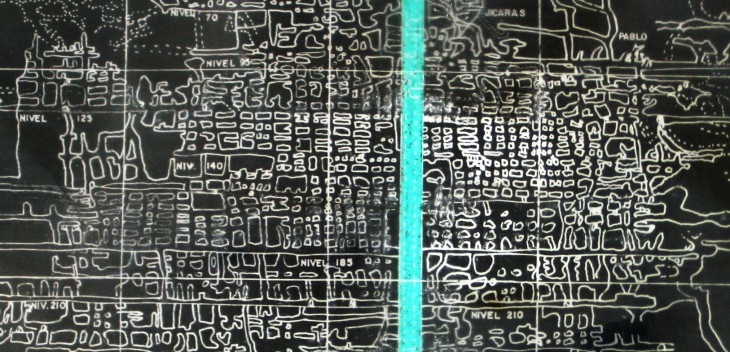 The text from the book EMERGE from STEVEN JOHNSON makes me thinking about one simple question: what is an organism and what are its parts, and whether they can be viewed and studied in the same way as the organism itself?
The text from the book EMERGE from STEVEN JOHNSON makes me thinking about one simple question: what is an organism and what are its parts, and whether they can be viewed and studied in the same way as the organism itself?
In biology an organism is any contiguous living system (such as animal, fungus, micro-organism, or plant). In at least some form, all types of organisms are capable of responding to stimuli, reproduction, growth and development, and maintenance of homeostasis as a stable whole.An organism may be either unicellular (a single cell) or, as in the case of humans, comprise many trillions of cells grouped into specialized tissues and organs. The term multicellular (many cells) describes any organism made up of more than one cell. But the principles that its using when functioning and performing tasks remain the same. So if we change the scale and observe a bacterial growth or an ant colony or a bird flocking, or on the end even a city in the same way, what will be our conclusion? Because the main idea of the Steven Johnson text was that the ant colony was always studied at the wrong scale.
Observing behavior of ants in an ant colony leads us to a conclusion that they are using swarm logics or a swarm intelligence, as the invisible force that makes it work perfectly without them even knowing about it. Swarm intelligence is the collective behavior of decentralized, self-organized systems, natural or artificial. systems consist typically of a population of simple agents interacting locally with one another and with their environment. The agents follow very simple rules, and although there is no centralized control structure dictating how individual agents should behave, local, and to a certain degree random, interactions between such agents lead to the emergence of “intelligent” global behavior, unknown to the individual agents. The definition of swarm intelligence is still not quite clear but in principle, it should be a multi-agent system that has self-organized behavior that shows some intelligent behavior.
On the other hand if we observe the city in the same way but just on a different scale- the city can be defined as an multicellular organism as well. The scale changes but the processes are staying very similar, just more complex, or not? Cities generally have complex systems for sanitation, utilities, land usage, housing, and transportation. The concentration of development greatly facilitates interaction between people and businesses, benefiting both parties in the process. A big city or metropolis usually has associated suburbs and exurbs. We live our lives occupied with our everyday problems, we always rush somewhere. But are we aware of the fact that there are so many things that we don’t know about the world surrounding us? Are we aware that a whole set of interactive systems are making greater decisions for us? Decisions that affect our lives? Seams that the difference is only in scale?
On the other side, the cell cannot continue to exist without other surrounding cells in a human body as a city can’t survive without singular groups of human beings performing different tasks. Then we are coming to a conclusion that we have individual cell that as one cell doesn’t make a difference but – when in group with other cells makes organs that further on form an organism (human body), and then we have an single human- when in group with other people (and their specific type of behavior) we have a new, larger scale organism- a city. Processes that are taking place in this network make us forget about the scale and the only thing that becomes important are the numerous interactive processes that are making the entire system working in a specific way which is not specified anywhere.
Studding and viewing all this relationships and interactions on different scales, we as architects are coming to a final question, is our job only to learn how to listen and recognize that even the smallest inputs could be very significant when making decisions on bigger scale? Should they shape even the decisions that we are making on a bigger scale -when designing bigger systems? My answer- DEFINITELY!
ANTS EYE VIEW- Local interaction creating global intelligence
This entry was posted in Digital Logics - Critical Readings, Novak Kijac. Bookmark the permalink. Comments are closed, but you can leave a trackback: Trackback URL.
